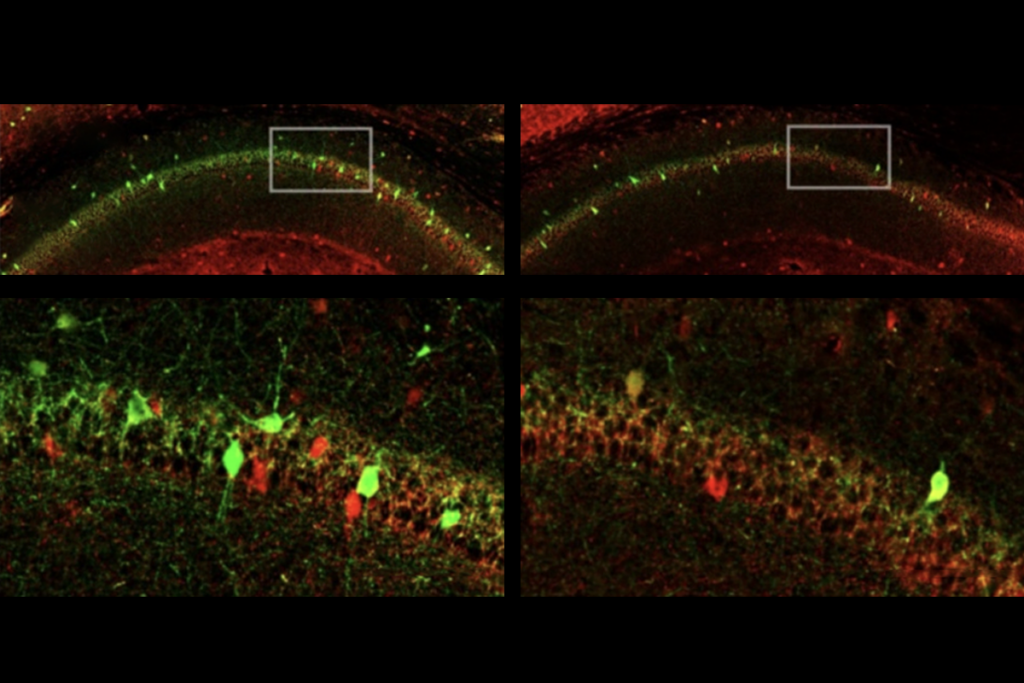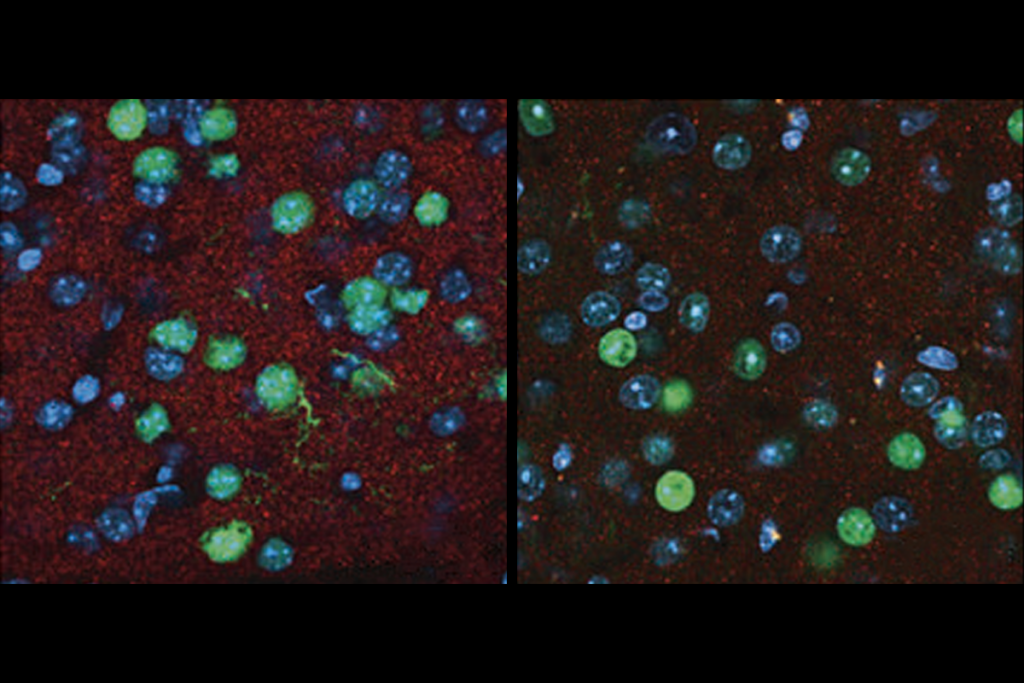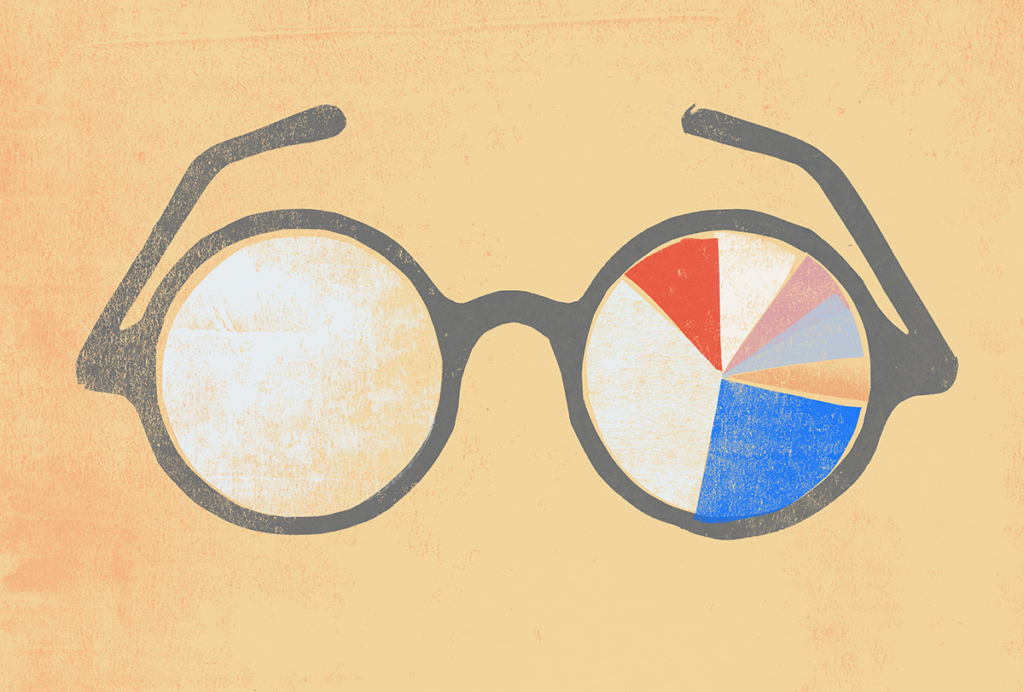Science and society
Recent articles
Insights on suicidality and autism; and more
Here is a roundup of autism-related news and research spotted around the web for the week of 8 December.

Insights on suicidality and autism; and more
Here is a roundup of autism-related news and research spotted around the web for the week of 8 December.
Exclusive: Springer Nature retracts, removes nearly 40 publications that trained neural networks on ‘bonkers’ dataset
The dataset contains images of children’s faces downloaded from websites about autism, which sparked concerns at Springer Nature about consent and reliability.

Exclusive: Springer Nature retracts, removes nearly 40 publications that trained neural networks on ‘bonkers’ dataset
The dataset contains images of children’s faces downloaded from websites about autism, which sparked concerns at Springer Nature about consent and reliability.
Plumbing the link between anti-CASPR2 antibodies and autism; and more
Here is a roundup of autism-related news and research spotted around the web for the week of 1 December.

Plumbing the link between anti-CASPR2 antibodies and autism; and more
Here is a roundup of autism-related news and research spotted around the web for the week of 1 December.
SHANK3 deficiency and behavior in mice; and more
Here is a roundup of autism-related news and research spotted around the web for the week of 24 November.

SHANK3 deficiency and behavior in mice; and more
Here is a roundup of autism-related news and research spotted around the web for the week of 24 November.
Autism scientists push back on CDC’s inaccurate vaccine claims
The CDC website now falsely suggests that autism-vaccine research is still an open question, prompting distrust among researchers—some of whom anticipate “more unreliable statements coming from the junta that took over” the agency.

Autism scientists push back on CDC’s inaccurate vaccine claims
The CDC website now falsely suggests that autism-vaccine research is still an open question, prompting distrust among researchers—some of whom anticipate “more unreliable statements coming from the junta that took over” the agency.
Role of maternal factors in autism; and more
Here is a roundup of autism-related news and research spotted around the web for the week of 17 November.

Role of maternal factors in autism; and more
Here is a roundup of autism-related news and research spotted around the web for the week of 17 November.
A change at the top of SfN as neuroscientists gather in San Diego
Kevin B. Marvel, longtime head of the American Astronomical Society, will lead the Society for Neuroscience after a year of uncertainty in the neuroscience field.

A change at the top of SfN as neuroscientists gather in San Diego
Kevin B. Marvel, longtime head of the American Astronomical Society, will lead the Society for Neuroscience after a year of uncertainty in the neuroscience field.
The Transmitter ’s Rising Stars of Neuroscience 2025
We recognize the outstanding achievements of 25 neuroscientists who stand to shape the field for years to come.

The Transmitter ’s Rising Stars of Neuroscience 2025
We recognize the outstanding achievements of 25 neuroscientists who stand to shape the field for years to come.
How have funding cuts affected early-career scientists’ futures?
Some say they feel terrified and anxious over all the uncertainty; many are thinking about leaving the United States, academia or science altogether; others plan to stay the course.

How have funding cuts affected early-career scientists’ futures?
Some say they feel terrified and anxious over all the uncertainty; many are thinking about leaving the United States, academia or science altogether; others plan to stay the course.
How do you anticipate the field changing in the wake of recent funding cuts?
Most survey respondents said they are bracing for a major reduction in the scientific workforce in the United States; some foresee research and staff shifting from academia to the private sector; and a few predict growth in translational studies and research on artificial intelligence.

How do you anticipate the field changing in the wake of recent funding cuts?
Most survey respondents said they are bracing for a major reduction in the scientific workforce in the United States; some foresee research and staff shifting from academia to the private sector; and a few predict growth in translational studies and research on artificial intelligence.
Explore more from The Transmitter
What is the future of organoid and assembloid regulation?
Four experts weigh in on how to establish ethical guardrails for research on the 3D neuron clusters as these models become ever more complex.

What is the future of organoid and assembloid regulation?
Four experts weigh in on how to establish ethical guardrails for research on the 3D neuron clusters as these models become ever more complex.
Seeing the world as animals do: How to leverage generative AI for ecological neuroscience
Generative artificial intelligence will offer a new way to see, simulate and hypothesize about how animals experience their worlds. In doing so, it could help bridge the long-standing gap between neural function and behavior.

Seeing the world as animals do: How to leverage generative AI for ecological neuroscience
Generative artificial intelligence will offer a new way to see, simulate and hypothesize about how animals experience their worlds. In doing so, it could help bridge the long-standing gap between neural function and behavior.
Psilocybin rewires specific mouse cortical networks in lasting ways
Neuronal activity induced by the psychedelic drug strengthens inputs from sensory brain areas and weakens cortico-cortical recurrent loops.
Psilocybin rewires specific mouse cortical networks in lasting ways
Neuronal activity induced by the psychedelic drug strengthens inputs from sensory brain areas and weakens cortico-cortical recurrent loops.